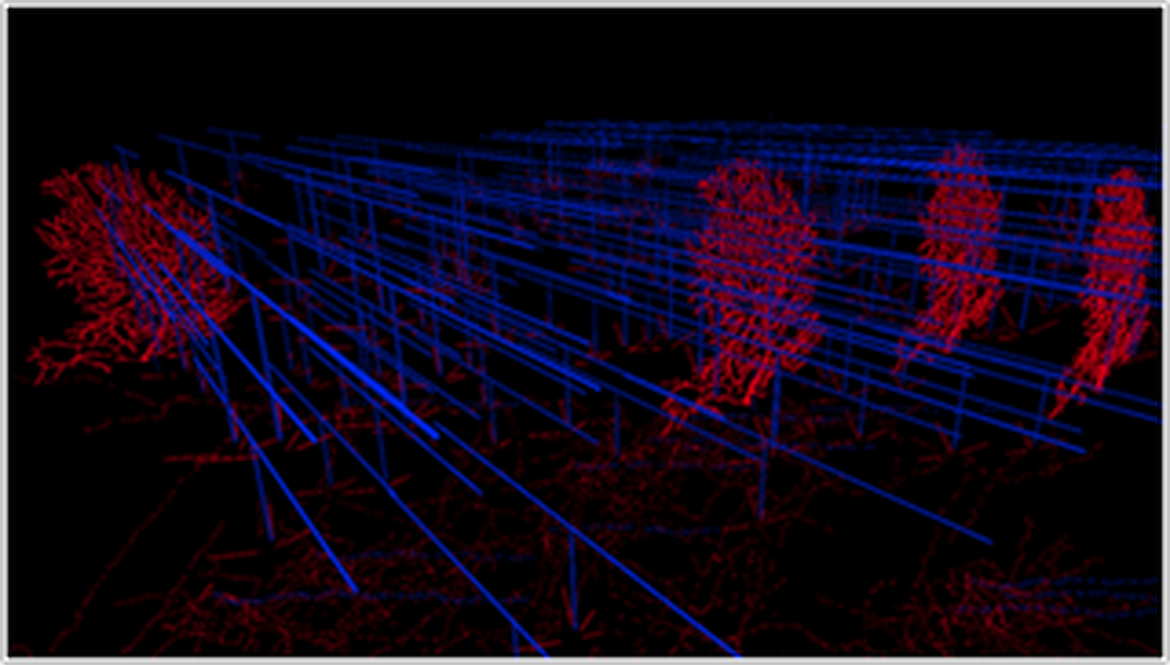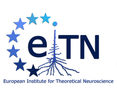Brain Models and Simulation
Can you imagine a brain and its workings being replicated on a computer? That is what the EBRAINS Cellular Level Simulation Platform aims to do. The Platform is available to researchers worldwide, so that they can compare their experimental results with model predictions and conduct investigations that are not possible experimentally.
Simulation also aims to replicate work on animal models, such as the mouse. In addition, the computing environment used for simulation offers the possibility of studying disease processes electronically.
However, the challenge is a complex one, as the human brain contains 86 billion brain cells (known as neurons) each with an average of 7,000 connections to other neurons (known as synapses). Current computer power is insufficient to model a entire human brain at this level of interconnectedness.
A simpler approach has thus been adopted to produce results that are increasingly close approximations to experimental data. Simulation takes place at several separate organisational levels in the brain, ranging from the molecular though the subcellular to cellular and up to the whole organ. The level of detail decreases as the level rises towards the whole organ.
At the microscopic level and below, the signalling between neurons is the focus. Neurons are electrically excitable cells that transmit messages to each other across the synapses. These messages are crucial to the normal functioning of the central nervous system.
The macroscopic level examines assemblies of neurons, and their roles within the brain.
Coordination is available by interacting with and supporting the community on both the life scientific and technological levels.
Besides the Cellular Level Simulation Platform, the HBP is also conceiving models at the whole-brain level. In these models, the smallest unit is not a neuron but a population of neurons, which corresponds to the resolution of brain imaging. These whole-brain models are done for both mouse and human brain, and they can directly integrate data from the connectome. Such models can be used to predict and study pathologies, such as epilepsy or stroke (https://www.humanbrainproject.eu/en/medicine/ ).
Why simulate the brain?
In many areas of science and engineering, simulation has proven an invaluable tool for turning mathematical principles, theory and data into new insights.
HBP seeks to bring the bring vital software tools to neuroscience to:
-
reduce the need for animal experiments
-
study diseases in unprecedented in silico experiments
-
improve the validation of data and experiments with computational validation
 |
 |
Read more about the Brain Simulation team
The human multiscale brain connectome and its variability
 On twitter
On twitter
@HBPBrainSim
 On twitter
On twitter
@EITN_Paris
 Visit the website of European Institute for Theoretical Neuroscience (EITN).
Visit the website of European Institute for Theoretical Neuroscience (EITN).
The EITN fosters theoretical neuroscience activities related to the the Human Brain Project.



